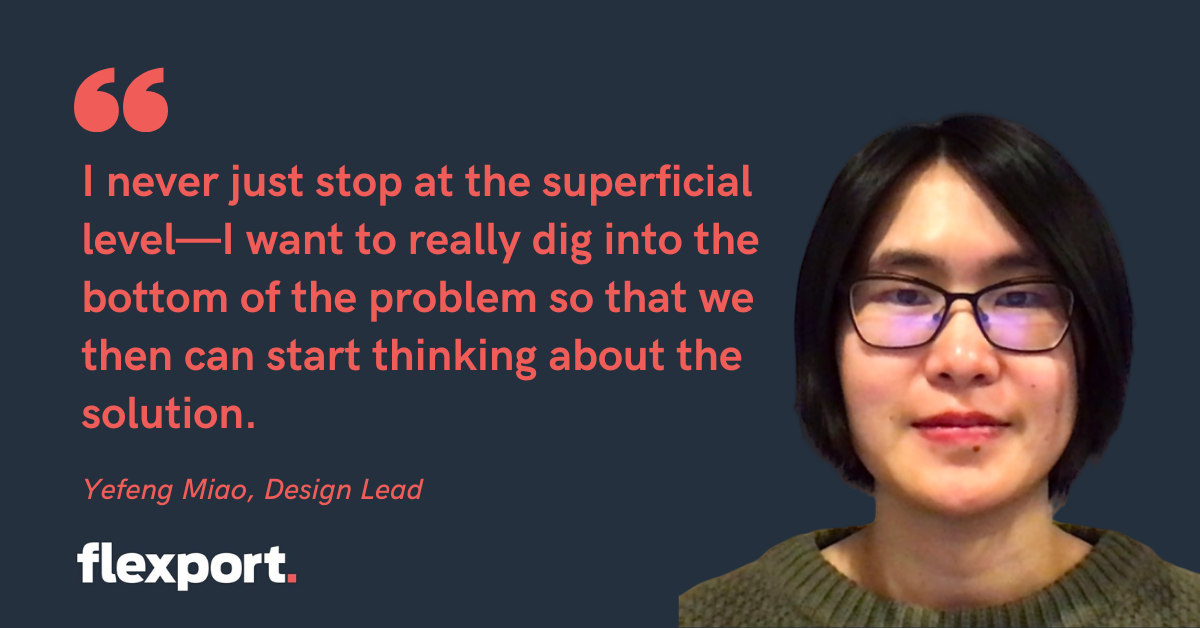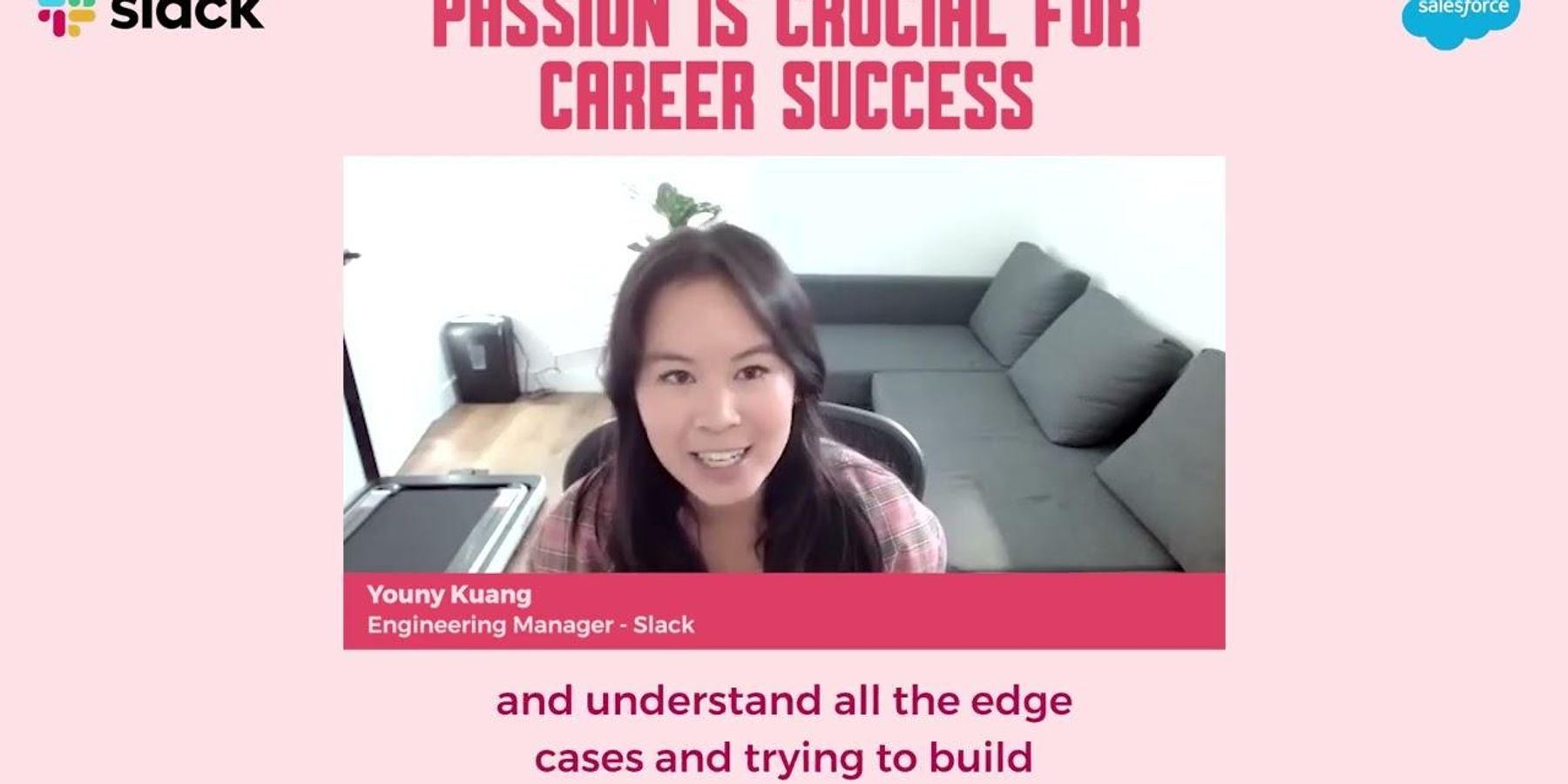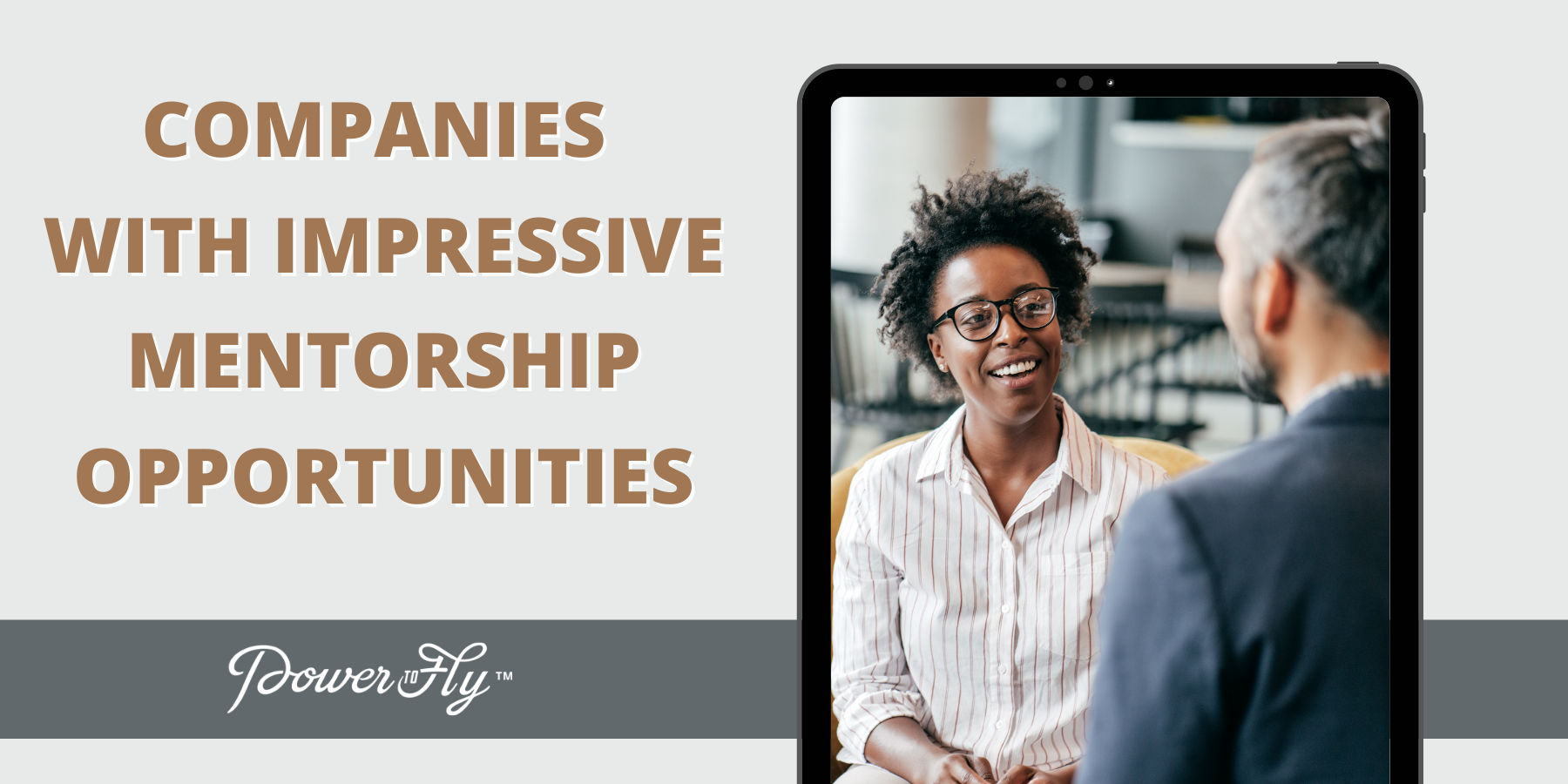As a Design Lead at Flexport, a big part of Yefeng Miao's job is partnering with engineers to build products for internal teams and their external clients. Yefeng Miao's ability to work cross-functionally is key to her success, and Yefeng was kind enough to sit down with us to explain how her background has equipped her to excel as a design team lead.
We're excited to share how working cross-functionally has contributed to Yefeng's success at Flexport!
Using Design To Solve Problems
Yefeng grew up in Shanghai, and got her degree in computer science in Beijing. She then moved to the U.S. for her M.S. in Information Management from the University of Washington. After finishing her graduate program, Yefeng took a job doing UX design with an agency. She honed her skills working on a wide range of products across different platforms, and eventually realized she wanted to take a product from inception to delivery. So Yefeng joined Amazon, where she worked as a logistics designer.
"I found that to be super interesting. It's a very complex area, and I like to solve complex problems," she says. Yefeng enjoyed leading a product through its lifecycle, but wanted to innovate more and in a more supportive environment. That led her to Flexport.
"I really think the logistics industry is due for some disruption. It's a very traditional business, with lots of manual processes that haven't changed much for the past hundred years," explains Yefeng. "Imagine moving a product from Shanghai to Chicago. There are probably more than a dozen entities or partners involved. There's a lot we can do to improve the efficiency of that process." The chance to redesign an old-fashioned industry, and improve the service level for users drove Yefeng to join Flexport's team. Once she met the leadership team, she knew she was in.
"Everyone was down to earth, which aligns with my personality well, and it seemed like there was a lot less politics involved. There's a common goal that everyone on the team shares to build good products, and we're all focused on that," she says. After joining Flexport, her impression of the company's approachable culture was solidified.
"Everyone's really humble, even the CEO. He's not afraid to admit his mistakes or failures, which makes everyone feel like it's okay to make a mistake because we can correct it and avoid making the same one next time," she says.
The Challenge of Working Collaboratively
Just like at most companies, Yefeng found that Flexport's design function operates at the intersection of a whole bevy of players. Her projects impact internal and external stakeholders, including operations, product, and engineering teams within Flexport. "I see design as a connective tissue among all of these groups of people that we interact with," says Yefeng.
Yefeng's projects involve a number of key steps. First she gathers requirements and user needs, confirming business goals with leaders and stakeholders. This helps her validate that the problem is worth solving, design the experience, partner with the engineering team to assess its feasibility, and create the actual product. She works hand in hand with the product manager throughout this process. "Being able to drive alignment or agreement amongst so many people is key to a product's success, but it isn't always easy," she explains.
To do this, she relies on two key skills: collaboration and balance.
From the beginning, she notes that "everyone needs to have an open mind" to the perspectives and needs of the other teams they are interfacing with. She goes in knowing that she might not get 100% of her ideal design, and she accepts that she'll need to compromise. "It's more important to find the balance between user needs and business goals and requirements," she says, "and also the balance of the best experience and the feasibility of building it."
Tips for Working Cross Functionally
Through years of collaborating with engineering and operations teams, Yefeng's hammered out an (almost) foolproof process for managing complex, inter-departmental projects. She was kind enough to share her tips with us:
1) Align on goals at the beginning. Yefeng highlights how important it is to know what you're all aiming for from the get-go, while still being open to those goals changing over time.
2) Check-in frequently (ideally, with an agile working model). Working in an agile model requires us to move quickly, and interact with other teams more often and earlier in the process." By planning in tandem and checking in often, Yefeng's team is able to ensure everyone is aligned on the goals, priorities, and approach every step of the way.
3) Communicate effectively. If Yefeng could give other designers working with engineers and other stakeholders one piece of advice, she'd tell them to "be more proactive—communicate up front and really give people a head's up, while being respectful of their time." What's worked for her is not to constantly ping people when she's stuck or needs a sign-off, but rather to gather and curate her questions to go over all at once, whether in a meeting or a shared document for people to comment collaboratively.
4) Approach problems with empathy. "Engineers need to be willing and interested to understand what users think and how they behave," says Yefeng, "and it helps when designers can speak the same language as the engineers." Designers without coding backgrounds can try to pick up some basic skills to help them understand the world of engineering, and engineers can listen in (either in real-time or through recordings) to user sessions and collaboration workshops to build that empathy, if they don't have it already. Yefeng stresses that it's important for both groups to explain the "why" of their needs and decisions: "Just saying 'no' isn't going to help anyone. You have to explain why it can't be done. We need to be creative with solutions and alternatives."
5) Make time to improve processes. As products get launched and new ones get started, Yefeng sees opportunities to streamline processes across departments—but she can't always act on them. "In a startup environment, you'll see a lot of knowledge scattered amongst stakeholders, with everyone having their own way to solve their problems. When you can, do an audit and really understand holistically what's going on in the whole company to understand problems from every stakeholder's perspective," she says.
6) When working remotely, be extra cognizant of how you engage stakeholders. Lately, Yefeng's team (and the rest of Flexport) has been working remotely, as they do their part to fight against the coronavirus. It means she can no longer just swing by someone's desk to get their input on something, but she doesn't want to resort to constant Slack pinging, either. What's worked for her is to hold herself to a high standard of problem management. She writes down what's going on, sets up meetings to discuss, and leads participants through a thoughtful agenda of issues and resolutions, just like she would if they were all in the office.
Working Cross-Functionally in Action: A Case Study
Now that you understand what it takes to work cross-functionally, take a look at some of those skills in action. Yefeng is currently working on an internal financial product to help Flexport's procurement operations team dispute bills they receive from carriers.
When the project began, Yefeng was going between the ops and engineering teams, trying to get them in sync on the rules and schema that they should use to show shipping rates and costs within the tool. Each team had a different perspective and couldn't understand where the other group was coming from. Yefeng dug in and realized that the difference rose from one team focusing on the sell-side economics, and the other on the buy-side perspective.
"After going back and forth probably about five or six times, I was able to come to understand the gap," explains Yefeng. She could then hand that understanding off to the engineering team for them to work through the technical specs—and move on to managing other dependencies with other teams.
The project's not finished yet, but Yefeng notes it's been a great example of managing a cross functional initiative. "It's one of those cases where everyone has their own perspective. Engineers might be more focused on the technical feasibility, while the product managers are more focused on the KPIs. Designer tend to focus more on the users and their experience, and the stakeholders on business goals and requirements — so we have to figure out how we align."
For this billing product and others, Yefeng relies on her core skill set of empathy, collaboration, and communication. "I've learned in my career to always ask the why," she says. "I never just stop at the superficial level—I want to really dig into the bottom of the problem so that we then can start thinking about the solution."
--
If you have questions for Yefeng on how to get to the core of a problem or how to work cross functionally, let her know in the comments. And if you're interested in working at Flexport, check out their open jobs—including lots of roles on the engineering and design teams!




